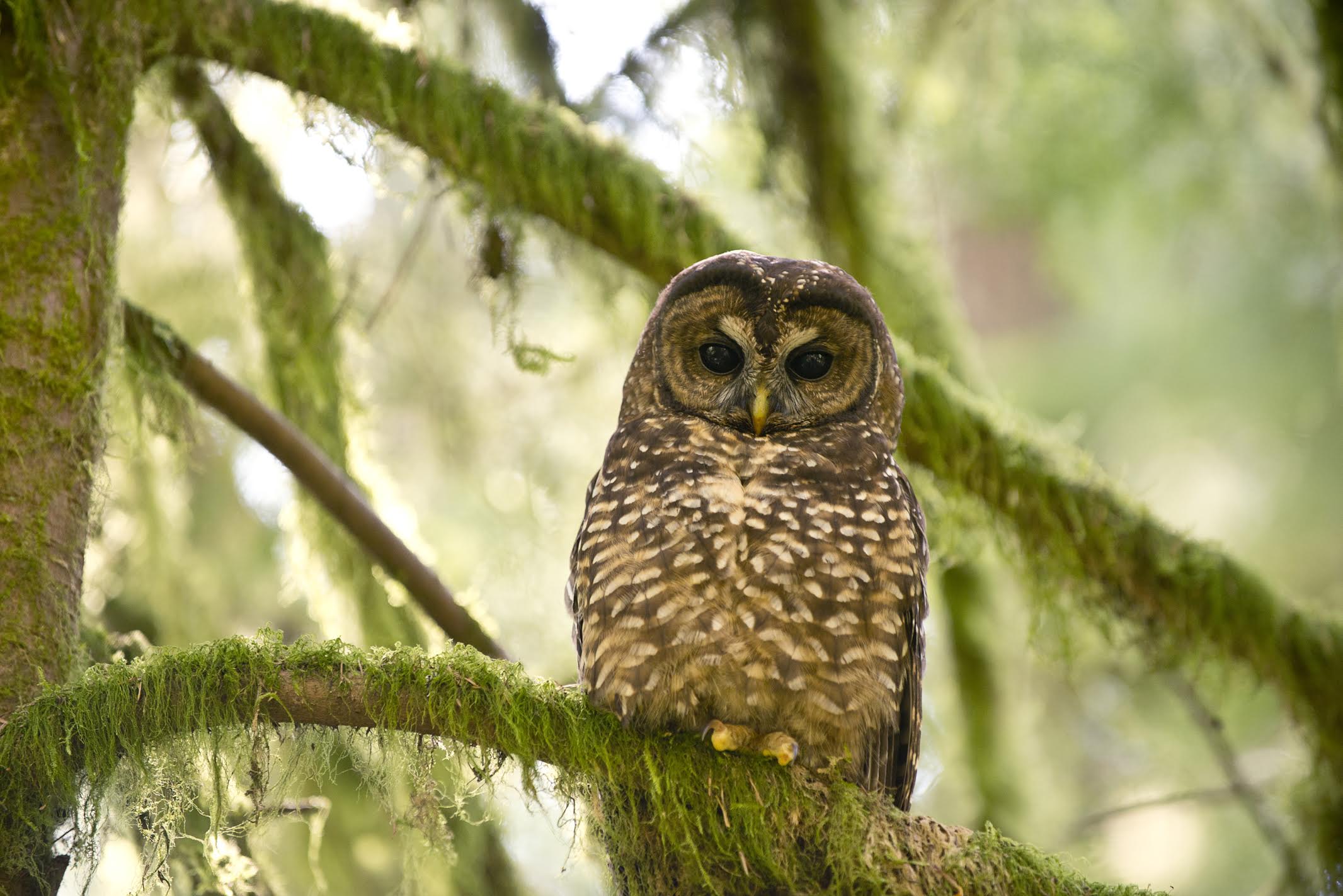
Inbreeding of Northern Spotted Owls driving population declines
New research has created family trees for Northern Spotted owl populations to examine the extent of inbreeding among the species and its effect on health, reproduction, and adaptability.
The study was conducted by researchers from the United States Geological Survey Forest and Rangeland Ecosystem Science Center and published in the journal The Auk: Ornithological Advances.
The researchers surveyed 14,200 Northern Snow Owls over 30 years and used different field statistical methods to create family trees for owls living in California, Oregon, and Washington.
Understanding the prevalence of inbreeding in species is important as inbreeding can increase species decline, cause birth defects, decrease healthy reproduction, and reduce rates of adaptability.
All of these impacts were observed in the populations that the researchers monitored, and the results show that conservation efforts must address owl breeding as well as habitat preservation.
Genetic diversity is key to a thriving family tree in any species and the researchers say that in order to prevent future population declines, increases in genetic diversity among snowy owls are a must.
The researchers were able to estimate how often inbreeding occurs for the different Northern Snowy Owl populations and identified 14 types of mating pairs involving relatives. Half and full siblings were the most common pairings observed.
Inbreeding occurs frequently among Northern Snowy Owls in the Washington Cascades and the researchers discovered that around 15 percent of individuals are inbred.
In Northern California, inbreeding was at the lowest and only approximately 2.7 owls were inbred.
One reason for this inconsistency with inbreeding in different states is the range of threats facing populations across habitats. Habitat loss and competition may be worse in some states than others which also shows how important it is to focus conservation efforts on breeding.
“Long-term studies, similar to the one described in this paper, are key to understanding how common or rare inbreeding is in natural populations,” said Mark Miller, the lead author of the study. “An understanding of the extent of inbreeding can help resource managers better identify appropriate measures to conserve threatened and endangered species.”
—
By Kay Vandette, Earth.com Staff Writer
Image Credit: Alan Dyck












